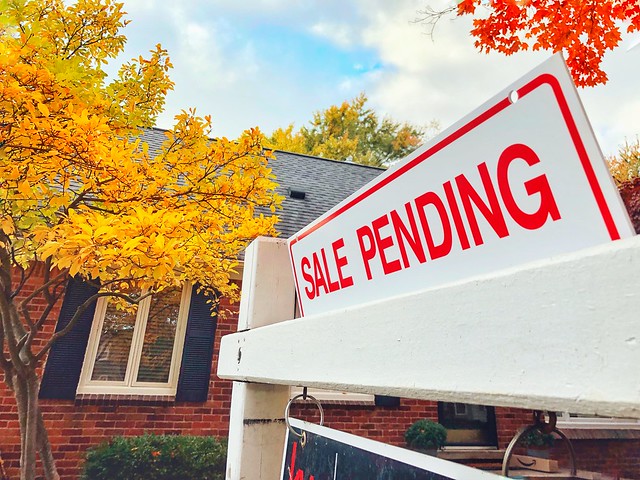The new home market continued to climb in September, according to new numbers from the U.S. Census Bureau and the Department of Housing and Urban Development. Sales of newly built homes rose 12.3 percent from the previous month and were 33.9 percent higher than last year at the same time. The increases far exceeded economists’ expectations and put sales at the highest level since February 2022. There was also an upward revision to last month’s estimates. So what’s driving the new home market’s surge? Well, mostly the lack of older homes available to buy. The ongoing inventory shortage has led to more new home construction and more buyers turning to the new home market due to a lack of other options. Additionally, the median price of new homes fell, as more builders are offering discounts to help affordability and lure buyers. In fact, most new homes sold in September were between $150,000 and $499,000. (source)













